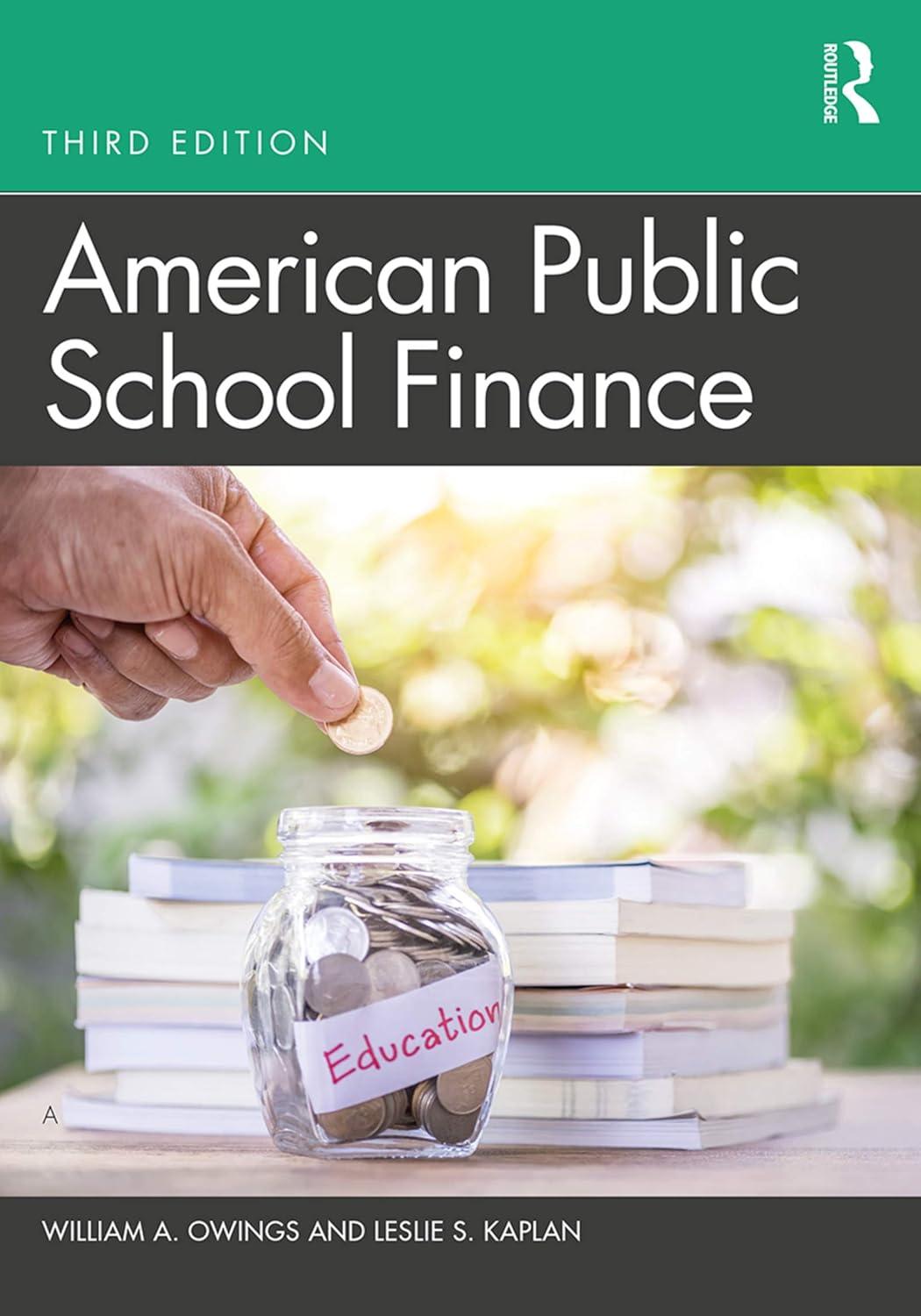Please help! I dont understand anything from this chapter


Stocks A and B have the following probability distributions of expected future returns: a. Calculate the expected rate of return, rB, for Stock B(rA=13.00%.) Do not round intermediake calculations, Round your answer to two decimal places. b. Calculate the standard deviation of expected returns, A, for stock A(1=20.17%.) Do not round intermediate calculations. Round your answer to two decimal places. % Now calculate the coefficient of variation for Stock B. Do not round intermediate colculations: Round your answer to two decimal places. Is it possible that most investors might regard Stock B as being less risky than Stock A ? 1. If Stock B is more highly correlated with the market then A, then it might have a lower beta than Stock A, and hence be less risky in a portfolio sense. II. If Stock B is more highly correloted with the market than A, then it might have the same beto as Stock A, and hence be just as risky in a portfolio sense. III. If Stbick B is less highly correlated with the market than A, then it might have a lower bets than Stock A, and hence be less risky in a portfolio sense. IV, If Stock B is less highly cocrelated with the market than A, then it might have o higher beta than Stock A, and hence be more risky in a portfolio sense. V. If Stock B is more highly correlated with the market than A, then it might have a higher beta than Stock A, and hence be less risky in a portfolio sense. C. Assume the risk-free rate is 2.5%. What are the Sharpe ratios for 5tocks and B? Do not round intermediste calculations, Round your answers to four decimal places: Stock A: Stock 8: Are these calculations consistent with the information obtained from the coefficient of variation calculations in Part b? I. In a stand-alone risk, sense A is more risky than B. If Stock B is less highly correlated with the market than A, then it might have a higher beta than Stock. A, and hence be more risky in a portfollo sense. II. In a stand-alone risk sense A is less risky than B. If Stock b is more highly correlated with the market than A, then it might have the same beta as 5 tock A, and In a stand-aione risk sense A is less risky hence be just as risky in a portfolo sense. Now calculate the coefficient of variation for Stock B. Do not round intermediate calculations. Round your answer to two decimal places. Is it possible that most investors might regard Stock B as being less risky than Stock A? 1. If Stock B is more highly correlated with the market than A, then it might have a lower beta than 5 tock A, and hence be iess risky in a portfolio sense. II. If Stock B is more highly correlated with the market than A, then it might have the same beta as Stock A, and hence be just as risky in a portfollo sense. III. If Stock B is less highly correlated with the market than A, then it might have a lower beta than Stock A, and hence be less risky in a portfolio sense. IV. If Stock B is less highly correlated with the market than A, then it might have a higher beta than stock A, and hence be more risky in a portfolio sense. V. If Stock B is more highly correlated with the market than A, then it might have a higher beta than Stock. A, and hence be less fisky in a portfolio sense. c. Assume the risk-free rate is 2.5%. What are the Sharpe ratios for Stocks A and B? Do not round intermediate calculations. Round your answers to four decimal places. Stock A: Stock B: Are these calculations consistent with the information obtained from the coefficient of variation calculations in Part b? 1. In a stand-alone risk sense A is more risky than B. If Stock B is less highly correlated with the market than A, then it might have a higher beta than Stock A, an hence be more risky in a portfolio sense. II. In a stand-alone risk sense A is less risky than B. If Stock B is more highly correlated with the market than A, then it might have the same beta as Stock A, and hence be just as risky in a portfollo sense. 1II. In a stand-alone risk sense A is less risky than B. If Stock B is less highly correlated with the market than A, then it might have a lower beta than Stock A, and hence be less risky in a portfolio sense. IV. In a stand-alone risk sense A is less risky than B. If Stock B is less highly correlated with the market than A, then it might have a Nigher beta than Stock A, and hence be more risky in a portfolio sense. V. In a stand-alone risk sense A is more risky than B. If Stock B is less highly correlated with the market than A, then it might have a lower beta than Stock A, and hence be less risky in a portfolio sense








